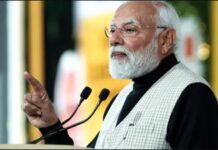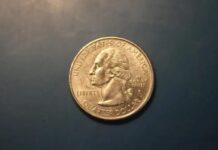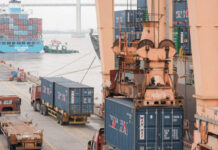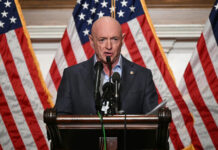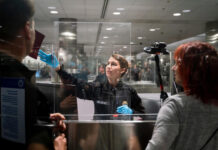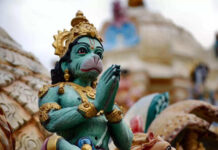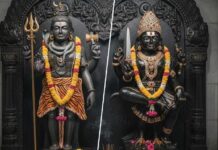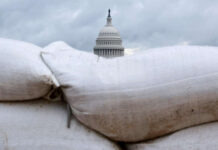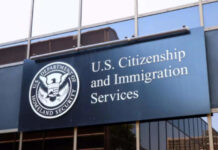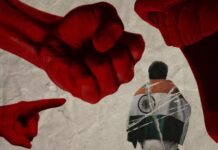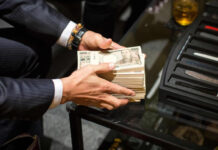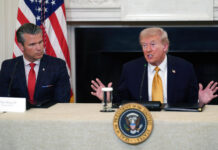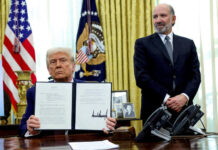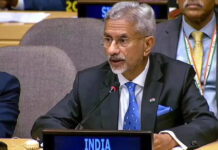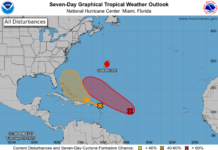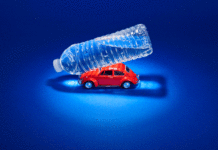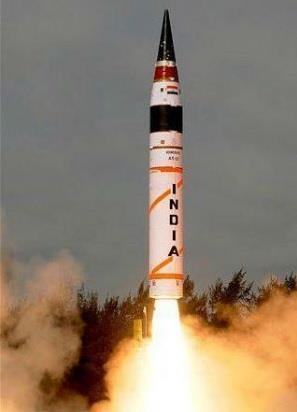August 20, 2012
Washington: A simple 10-minute test that involves swiping a pill over chemically treated paper could detect fake drugs and slash the incidence of illness and deaths.
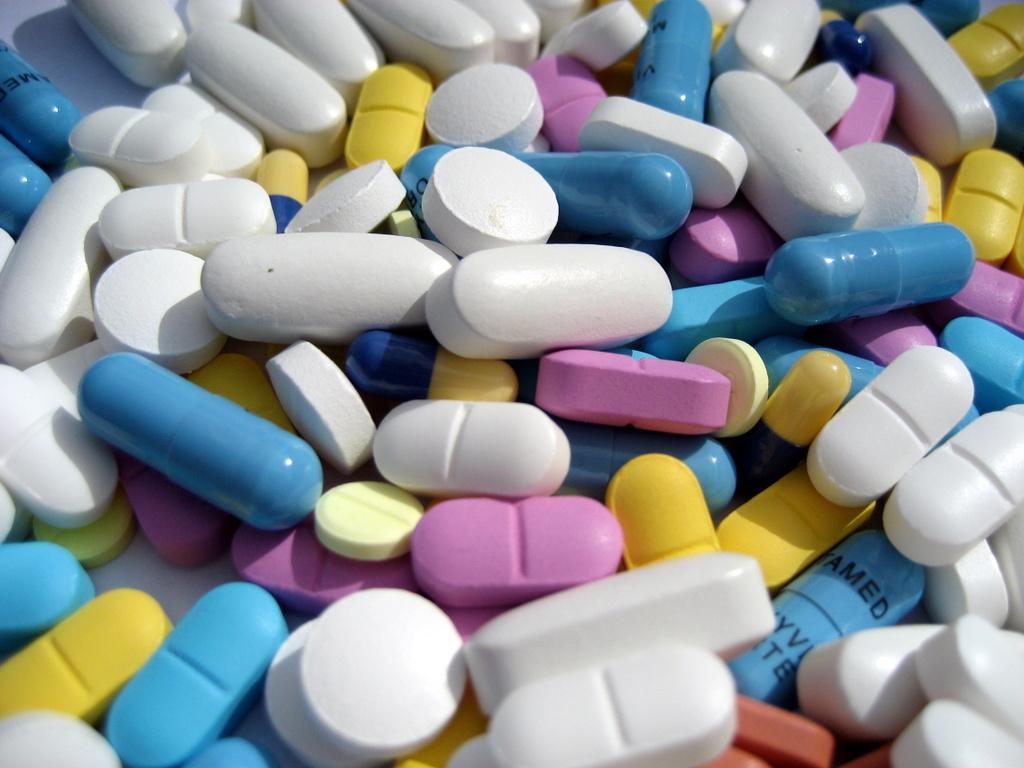
August 20, 2012
Washington: A simple 10-minute test that involves swiping a pill over chemically treated paper could detect fake drugs and slash the incidence of illness and deaths.

In a thrust against the major problem of counterfeit medicines sold in developing countries, which causes thousands of illnesses and deaths annually, scientists today described development of a simple, paper-strip test that people could use to identify counterfeit versions of one of the most-frequently faked medicines in the world.
A team led by Toni Lo Barstis, chemistry professor, St Mary's College in Notre Dame University, has devised a new test for Panadol and other drugs, which takes less than 10 minutes. Testing suspect drugs may often take as much as three to six months as it is usually done in Europe or the US.
Problems have been documented in India, Kenya, Nigeria, Vietnam and Panama. Many of the deaths occur among people who unknowingly take fake antibiotics and anti-malaria drugs that lack the active ingredient to combat those diseases, according to a St Mary's statement.
Barstis' test consists of chemically treated business card-size paper. A person simply swipes the pill over the paper and dips it in water. Colour changes indicate suspicious ingredients. Barstis validated the test on 570 pills, including many with fake ingredients added by researchers. The college has applied for a patent for the test.
Panadol is one of multiple brand names used abroad for the pain-and-fever-reliever acetaminophen, most familiar in the US as Tylenol. Scientists emphasised that no such problem exists with Tylenol or other acetaminophen products marketed in the US.
However, Barstis said that counterfeit Panadol and other fake brand-name acetaminophen products are the tip of the iceberg in a wider problem of fake drugs sold in developing countries.
"Panadol has long been among the most common, standard pain-relieving drugs counterfeited around the world," Barstis said. "But the problem has taken on a troubling new dimension. In the past, you could just look at the labelling and packaging and know if it was counterfeit."
"Now, they do such a good job with the package design it's hard to determine whether it's a package of the genuine medicine or a fake that contains no acetaminophen or even ingredients that may be harmful," added Barstis.
The paper was presented here at the 244th National Meeting & Exposition of the American Chemical Society, the world's largest scientific society.
Courtesy: IANS

